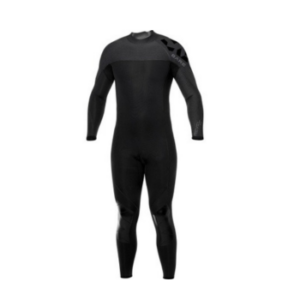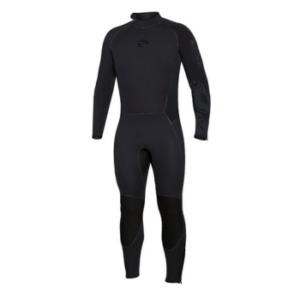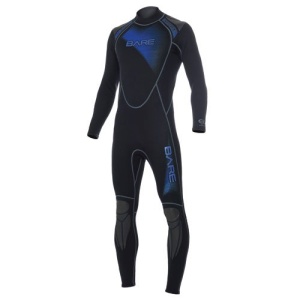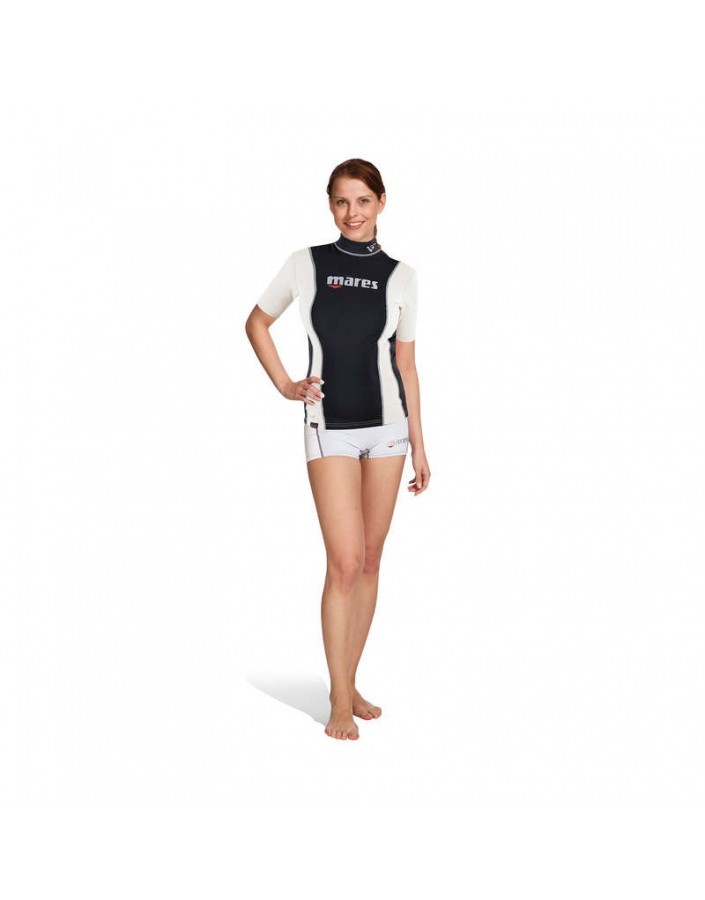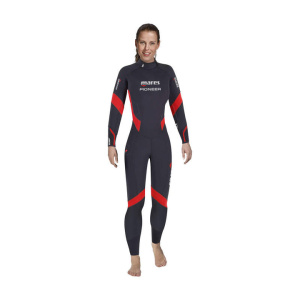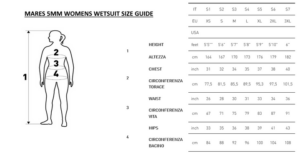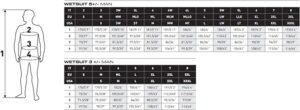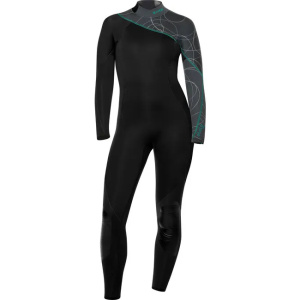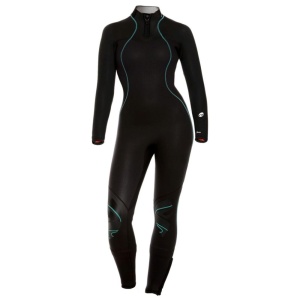Wetsuits
Showing 1–18 of 31 resultsSorted by latest
-
AED683 Select options This product has multiple variants. The options may be chosen on the product page
-
AED950 Select options This product has multiple variants. The options may be chosen on the product page
-
AED1,349 Select options This product has multiple variants. The options may be chosen on the product page
-
AED824 Select options This product has multiple variants. The options may be chosen on the product page
-
AED925 Select options This product has multiple variants. The options may be chosen on the product page
-
AED1,240 Select options This product has multiple variants. The options may be chosen on the product page
-
AED475 Select options This product has multiple variants. The options may be chosen on the product page
-
AED240 Select options This product has multiple variants. The options may be chosen on the product page
-
AED1,175 Select options This product has multiple variants. The options may be chosen on the product page
-
AED600 Select options This product has multiple variants. The options may be chosen on the product page
-
AED810 Select options This product has multiple variants. The options may be chosen on the product page
-
AED578 Select options This product has multiple variants. The options may be chosen on the product page
-
AED1,095 Select options This product has multiple variants. The options may be chosen on the product page
-
AED560 Select options This product has multiple variants. The options may be chosen on the product page
-
AED1,349 Select options This product has multiple variants. The options may be chosen on the product page
-
AED1,090 Select options This product has multiple variants. The options may be chosen on the product page
-
AED625 Select options This product has multiple variants. The options may be chosen on the product page
Showing 1–18 of 31 resultsSorted by latest
The Main Eight Wetsuit Types in a Nutshell
A wetsuit is a recent invention. This close-fitting rubber garment usually covers the whole body— or most of it— and is worn by divers in cold waters to provide warmth. Water doesn’t have to be chilly for a diver to wear a wet suit. Many opt for one even in warmer temperatures to protect from wind and harmful UV rays.
There are several wetsuit types available in the market. Depending on the activity and other factors, you can choose the perfect wetsuit from the following eight options:
- Hooded wetsuit
Any body part exposed is a source of heat loss; 40 to 45 percent of your body heat gets lost through the head. Hooded wetsuits cover the head, ears, and whole body. They suit brutal water temperatures for diving, swimming, surfing, or paddling.
- Full wetsuit
As the name suggests, it covers the whole body: the torso, legs, and arms, except the head. Feet may or may not be partially covered, depending on the design. It’s one of those popular diving suits generally worn in cool water, and its thickness may vary. The most common is the 3 mm, though.
- Long John/Jane wetsuit
This wet suit is the rarest but is preferred by many as it lacks sleeves. Paddlers, who need big cutouts at the arms for freedom of movement, appreciate the Long John/Jane. John is a mens wetsuit, while Jane is a women’s.
- Spring wetsuit
It’s a surfer favorite as it works well in transitional seasons (i.e., spring and summer). This classic, short-legged wet suit allows free leg movement in warmer water temperatures. Hence, the thinner material compared to the full body.
- Short-arm steamer wetsuit
This blended design works best for surfers looking for neoprene protection in slightly cold water but relatively warm air. Paddlers, too, go for it, as it reduces resistance and allows unhindered arm movement. Always check the thickness, as some are warmer than dry suits.
- Short John/Jane wetsuit
Like the long John/Jane, the short version is sleeveless, yet thanks to its short legs, it provides minimum coverage and maximum flexibility. Short John/Jane almost works with every water sport as it offers core protection (mostly 2 mm thickness) without sacrificing mobility.
- Wetsuit jacket
It’s a men’s and womens wetsuit that often has a front zipper making it easy to put on and take off. It protects the torso and arms, and despite being a jacket, it is worn best in warm, windy locations. That said, many still wear wet suit jackets as diving suits.
- Wetsuit vest
Wetsuit vests won’t keep you warm in cold waters. Men diving suits and women diving suits are thicker than wetsuit vests. The latter may be considered a triathlon wetsuit for its superior comfort. Again, it should only be worn in warmer conditions. If you’re after flexibility and wish to prevent rashes and protect against the sun, go for the wetsuit vest.
Check out adventures HUB now for the best men’s and ladies wetsuit brands.




